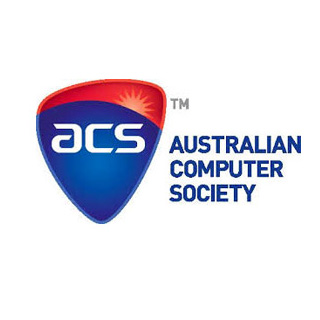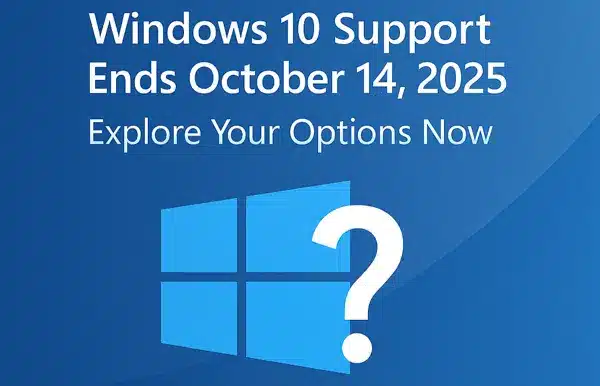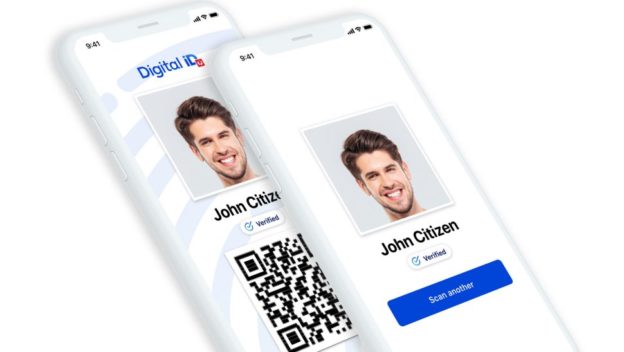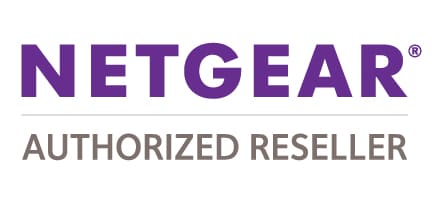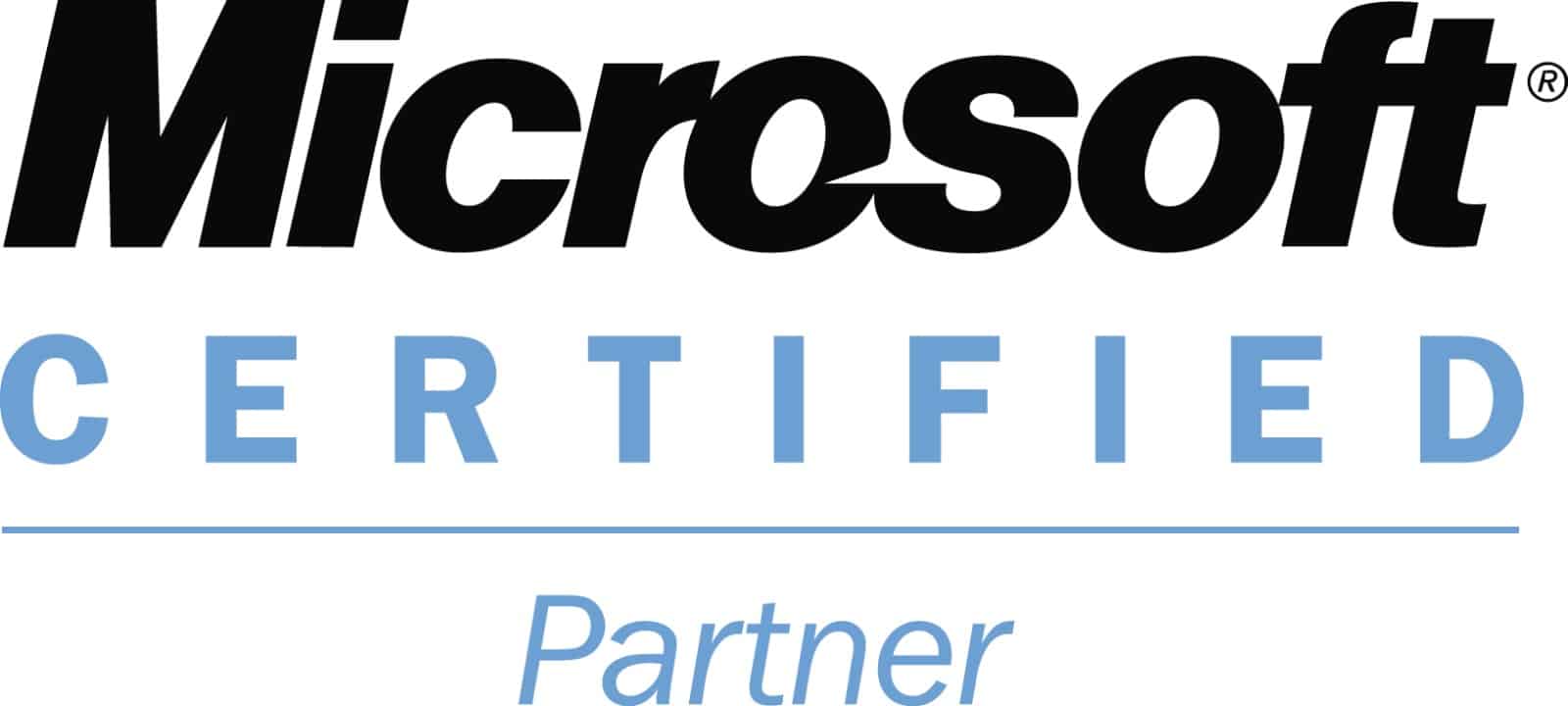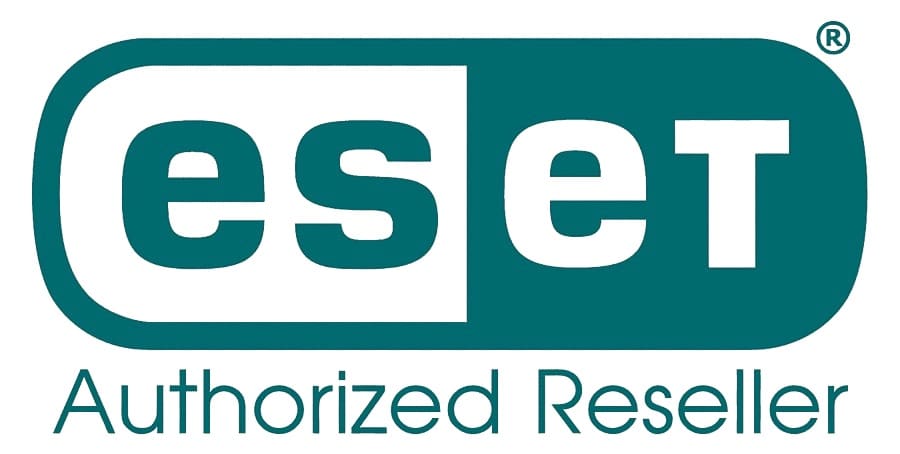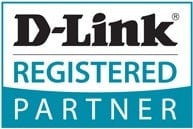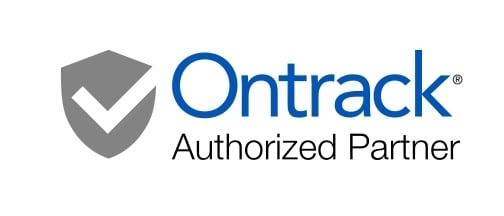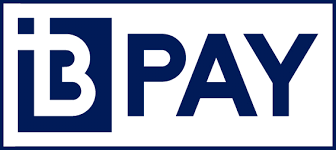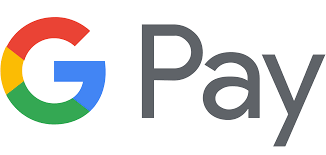Ransomware Recovery & Decryption – Recover Your Files Without Paying Ransom
Expert Ransomware Recovery Services Across Australia

Ransomware & Encrypted File Recovery – Emergency Business Data Recovery
Your files have been encrypted by ransomware and criminals are demanding payment. Before you pay, contact The Original PC Doctor. We specialize in ransomware recovery and decryption services across Australia. In many cases, we can recover your encrypted files without paying the ransom.
URGENT: Don’t Pay the Ransom Yet! Contact us immediately at 1300 723 628. We may be able to decrypt your files for free using available decryption tools. Many ransomware variants have known vulnerabilities or publicly available decryption keys.
Ransomware attacks are devastating. Your business data is locked. Your personal files are inaccessible. Criminals demand thousands or millions in bitcoin for decryption keys. You feel helpless and pressured to pay.
Stop. There are other options. Our expert forensic technicians have recovered files from thousands of ransomware infections. We attempt decryption using available tools, recover files from backups, extract files from shadow copies, and help you regain access to your data without paying criminals.
We service all Australian states including NSW, Victoria, Queensland, Western Australia, South Australia, Tasmania, ACT, and Northern Territory. Whether you’re in Sydney, Melbourne, Brisbane, Perth, Adelaide, Hobart, Canberra, or Darwin, we can help.
Why You Should NOT Pay the Ransom
- No guarantee of decryption – Paying doesn’t guarantee you’ll get your files back. Criminals often disappear after payment.
- Funds criminals – Your payment funds criminal operations and enables more attacks on other victims.
- Further encryption – Some ransomware variants encrypt your files again after payment if you don’t pay again.
- Prosecution risk – Paying ransomware to certain organizations violates sanctions laws in some jurisdictions.
- Legal liability – Paying may expose your business to compliance violations and legal consequences.
- Escalates attacks – Paying shows you’re willing to pay, making your organization a target for future attacks.
- Often unnecessary – Many ransomware can be decrypted for free or files recovered from backups without payment.
What We Can Do to Recover Your Files
Ransomware Decryption with Available Tools
Security researchers have cracked many ransomware variants and released free decryption tools. We maintain an extensive database of known ransomware variants and their decryption tools.
We identify which ransomware encrypted your files by analyzing the file extensions, ransom notes, and encrypted file signatures. Once identified, we check if decryption tools are publicly available. If they are, we use them to decrypt your files immediately at no cost.
Common ransomware variants we can often decrypt for free include Wannacry, Petya, NotPetya, BadRabbit, and many others. New decryption tools are released regularly as researchers crack ransomware encryption.
Backup File Recovery
If you have backups of your encrypted files, we can recover those backups. Many organizations and individuals have backups they’ve forgotten about.
We search for backups from cloud services (Google Drive, OneDrive, Dropbox, iCloud), local backups (external hard drives, USB drives, NAS devices), and system backups (Windows System Restore, Time Machine, Linux backups).
Ransomware often encrypts recent backups but leaves older backups intact. We can locate and restore any accessible backups to get your files back quickly.
Shadow Copy Recovery
Windows automatically creates shadow copies (file versions) through the Volume Shadow Copy Service. These shadow copies are often not encrypted by ransomware because they’re stored in protected system locations.
We can extract your files from shadow copies, effectively recovering your data without needing decryption keys. This works for many Windows ransomware infections.
Shadow copy recovery is often the fastest way to recover files because the original data is already on your drive – we just need to extract it.
Unencrypted File Recovery
Ransomware often doesn’t encrypt all files. It may only encrypt certain file types (documents, photos, videos) while leaving system files, executables, and other files unencrypted.
We scan your system for unencrypted files and recover as many as possible. This at least gets some of your data back while we work on decryption or backup recovery.
Partial Decryption and File Reconstruction
Some ransomware variants use weak encryption or have implementation flaws. We attempt brute-force decryption, key recovery, and file reconstruction for these variants.
Even if we can’t decrypt all files, we may be able to recover partial files or reconstruct damaged files from available data.
Forensic Analysis and Investigation
We analyze your system to determine how the ransomware got in, what it encrypted, and what data was potentially compromised. This helps with incident response and preventing future attacks.
We provide documentation for insurance claims, law enforcement reports, and compliance requirements.
How Ransomware Works
Ransomware Infection Methods
Ransomware typically enters your system through email attachments, malicious links, software vulnerabilities, weak passwords, or compromised credentials.
Once inside, ransomware spreads across your system and network, encrypting files it finds. Advanced ransomware also exfiltrates (steals) sensitive data before encrypting, threatening to publish it if you don’t pay.
The criminals then display a ransom note demanding payment in cryptocurrency (usually Bitcoin) within a timeframe, threatening permanent file deletion if you don’t pay.
Ransomware Variants
There are hundreds of ransomware variants, each with different encryption methods, file extensions, and recovery possibilities.
Some common variants include Ransomware-as-a-Service (RaaS) variants like LockBit, Conti, BlackCat, and older variants like Wannacry, Petya, and Cerber. Each has different vulnerabilities and recovery options.
File Extension Indicators
Ransomware often adds a specific file extension to encrypted files. For example, Wannacry adds .wcry, Petya adds .satana, and newer variants add custom extensions.
By examining the file extensions on your encrypted files, we can often identify the ransomware variant, which helps us determine if decryption tools are available.
Ransomware Recovery Process
Step 1: Immediate Assessment
Call us immediately when you discover ransomware. Time is critical – the longer the ransomware runs, the more files it encrypts and the more data it potentially exfiltrates.
We’ll ask you to describe what happened, what files are encrypted, what the ransom note says, and what file extensions are used. This helps us immediately identify the ransomware variant.
Important: Don’t pay the ransom or contact the criminals. Don’t attempt to decrypt files yourself. Isolate the infected computer from your network to prevent spread.
Step 2: Ransomware Identification
We analyze the encrypted files, ransom notes, and file extensions to identify the specific ransomware variant. We check our database for known decryption tools.
If the variant is known and decryption tools are available, we proceed with immediate decryption. If the variant is new or no tools are available, we check for backup and shadow copy options.
Step 3: Decryption Attempt
If decryption tools are available, we use them to decrypt your files. Most free decryption tools work quickly, sometimes recovering thousands of files within hours.
We verify that decrypted files are intact and usable. Most decryption is successful if the ransomware is a known variant with available tools.
Step 4: Backup and Shadow Copy Recovery
If decryption tools aren’t available, we search for backups and shadow copies. We check external drives, cloud services, NAS devices, and system restore points.
We extract and restore any accessible backups. If you have even one backup of your files, we can often restore your entire system from it.
Step 5: File Extraction and Recovery
If decryption and backups aren’t available, we attempt to extract unencrypted files, recover partial files, and reconstruct damaged files.
We recover whatever data is possible and provide it to you. While this may not recover all files, it gets you something while we explore other recovery options.
Step 6: Data Delivery and System Recovery
We deliver recovered files to you via secure courier, secure download link, or external drive. We provide documentation of what was recovered.
We also help you remove the ransomware from your system and implement security measures to prevent future infections.
Ransomware Statistics & Impact
Growing Threat
Ransomware attacks have increased exponentially in recent years. In 2024, ransomware attacks cost businesses globally over $30 billion. Attacks increased 150% from 2022 to 2023 and continue accelerating.
Small businesses, large enterprises, hospitals, schools, and government agencies are all targeted. No organization is safe from ransomware.
Australian Impact
Australia experiences thousands of ransomware attacks annually. Australian businesses have paid millions in ransoms, funding criminal operations.
The Australian government has issued warnings about ransomware threats and recommends not paying ransoms. Law enforcement encourages reporting attacks to the Australian Cyber Security Centre (ACSC).
Attack Trends
Modern ransomware attacks combine encryption with data exfiltration. Criminals steal your sensitive data before encrypting it, then threaten to publish it if you don’t pay. This double extortion increases pressure to pay.
Ransomware-as-a-Service (RaaS) platforms have made ransomware attacks more accessible to criminals, increasing attack frequency.
Ransomware Prevention
Regular Backups
The best protection against ransomware is regular backups. If you have recent backups, ransomware becomes merely an inconvenience – you restore from backup and move on.
Use the 3-2-1 backup rule: Keep 3 copies of data, on 2 different media types, with 1 copy offsite and disconnected from your network (so ransomware can’t encrypt it).
Offline Backup Strategy
Ransomware encrypts files on your network and connected devices. Backups on disconnected external drives or offline storage can’t be encrypted by ransomware on your network.
Back up daily or weekly to external drives, then disconnect them from your computer. Store them safely offline.
Email Security
Many ransomware attacks start with phishing emails containing malicious attachments or links. Train employees to recognize phishing emails and never open suspicious attachments.
Use email filtering software that blocks malicious attachments and suspicious links.
Software Updates
Ransomware exploits software vulnerabilities. Keeping Windows, Mac, Linux, and all software updated patches known vulnerabilities and protects against exploitation.
Enable automatic updates for your operating system and critical software. Prioritize security updates.
Strong Passwords and Multi-Factor Authentication
Weak passwords allow attackers to compromise accounts and spread ransomware. Use strong, unique passwords for all accounts.
Enable multi-factor authentication (MFA) on email, cloud storage, and other critical services. Even if passwords are compromised, MFA prevents unauthorized access.
Network Segmentation
For businesses, segment your network so ransomware on one computer can’t immediately spread to all computers. Use firewalls and access controls to limit ransomware spread.
Advanced Security Software
Use reputable antivirus software, anti-malware tools, and endpoint detection and response (EDR) software. These can detect and block ransomware before it encrypts files.
Incident Response Plan
Have a plan for responding to ransomware attacks. Know who to contact (IT staff, law enforcement, data recovery specialists), what to do immediately (isolate infected systems), and how to recover from backups.
A good incident response plan can minimize ransomware damage and reduce recovery time.
Ransomware by Type
Wannacry
One of the most famous ransomware variants, Wannacry infected hundreds of thousands of computers worldwide in 2017. A leaked decryption key means most Wannacry infections can now be decrypted for free.
If your files have .wcry or .wncry extensions, you likely have Wannacry, which we can usually decrypt immediately.
Petya/NotPetya
Petya and NotPetya were major ransomware variants affecting thousands of computers. Decryption tools are available for older variants, though newer versions require backup recovery.
Ransomware-as-a-Service (RaaS)
Modern criminal organizations operate RaaS platforms where they lease ransomware to other criminals. Variants like LockBit, Conti, BlackCat, and others operate this way.
RaaS variants are sophisticated and constantly evolving, but we still attempt decryption, backup recovery, and shadow copy extraction.
Targeted Business Ransomware
Some ransomware specifically targets businesses, encrypting network shares and backups. These often use strong encryption and double extortion tactics.
Ransom demands for business ransomware often reach thousands or millions of dollars.
Legal and Compliance Considerations
Ransomware Payments and Sanctions
Paying ransomware to certain sanctioned organizations violates international sanctions laws. The US and other countries have sanctioned certain ransomware operators and their payment addresses.
Paying a sanctioned ransomware operator could expose you to criminal penalties. Consult legal counsel before paying.
Reporting Ransomware Attacks
Report ransomware attacks to the Australian Cyber Security Centre (ACSC) at https://www.cyber.gov.au/report. Law enforcement uses these reports to track attacks and pursue criminals.
Report attacks to your local police and FBI/INTERPOL if international.
Cyber Insurance
Many cyber insurance policies cover ransomware recovery costs and ransom payments (though this is changing). Check your policy terms.
Having cyber insurance and a good backup strategy means ransomware is financially manageable.
Data Breach Notification
If ransomware exfiltrated sensitive personal data, you may be required to notify affected individuals and regulatory authorities under privacy laws like Australia’s Privacy Act.
Ransomware Recovery FAQ
Can you guarantee my files will be recovered?
We can’t guarantee recovery for every file in every case, but we have a high success rate. If decryption tools are available, success is usually 100%. If we use backup recovery or shadow copies, success depends on backup availability.
Our “No Fix, No Fee” guarantee means you only pay if we successfully recover your data.
How much does ransomware recovery cost?
Ransomware recovery costs vary depending on the variant and recovery method used. Free decryption tools cost nothing. Backup recovery costs depend on storage type and complexity. Typically, recovery costs $500-$2,000 versus ransom demands of $5,000-$500,000+.
Get a free assessment by calling 1300 723 628.
How long does recovery take?
Recovery time varies dramatically. Free decryption tools can recover thousands of files within hours. Backup recovery may take 1-3 days. Shadow copy recovery typically takes 1-2 days.
We prioritize ransom recovery to minimize your downtime.
Should I isolate the infected computer?
Yes, immediately. Disconnect the infected computer from your network, WiFi, and all connected devices. This prevents ransomware from spreading to other computers and encrypting more files.
Don’t turn off the computer completely – we may need it running to access certain recovery data.
Should I pay the ransom?
No. Contact us first. In many cases, we can recover your files without paying. Even if we can’t decrypt files, backups often exist. Paying doesn’t guarantee you’ll get your files back and funds criminal operations.
Can you remove the ransomware from my system?
Yes. We remove the ransomware, clean your system, and help implement security measures to prevent future infections.
Will my recovered files work properly?
Yes. Decrypted files are identical to your original files. Recovered files from backups are also complete and functional. You can use recovered files immediately.
What if I already paid the ransom?
We can still help. Even if you paid the ransom and received decryption keys, we can help you decrypt files and verify they’re complete. We can also recover any files the decryption missed.
Do you work with insurance companies?
Yes. We provide documentation, invoices, and incident reports for insurance claims. Many cyber insurance policies cover recovery costs.
What about my sensitive data that was exfiltrated?
If criminals stole your data before encrypting it, they may publish it or demand additional payment. Monitor dark web forums and check if your data appears in published leaks.
Consider credit monitoring for personal data and notification of affected individuals for business data.
Ransomware Recovery Success Stories
Small Business Recovered Without Paying
A small Melbourne business was hit by Wannacry ransomware. The criminals demanded $50,000. We identified the variant and used free decryption tools to recover all 15,000 encrypted files within 4 hours. No ransom paid.
Corporate Network Recovery from Backups
A Sydney corporation’s network was encrypted by targeted ransomware. Ransom demand was $500,000. We found their NAS backup system (isolated from the network) contained recent backups of all critical files. We restored from backup within 24 hours. Recovery cost: $1,200. Ransom avoided: $500,000.
Shadow Copy Extraction Success
A Brisbane law firm’s file server was encrypted. We extracted files from Windows shadow copies (which weren’t encrypted) and recovered 98% of their files within 8 hours. Their backup system was compromised, but shadow copies were intact.
Next Steps – Get Help Now
If you’ve been hit by ransomware, don’t panic and don’t pay. Contact us immediately.
Call 1300 723 628 right now. Tell us about your ransomware attack, and we’ll determine if we can decrypt your files for free or recover them from backups.
We provide free assessment and can often identify recovery options within hours.
Don’t give your money to criminals. Let us help you recover your files.
Immediate Actions if Ransomware Strikes
- Disconnect infected computer from network immediately
- Don’t pay the ransom or contact criminals
- Call The Original PC Doctor at 1300 723 628
- Report the attack to ACSC at https://www.cyber.gov.au/report
- Document everything for insurance and law enforcement
- Preserve the ransom note and evidence
- Check your backup systems to confirm they’re intact
- Don’t attempt to decrypt files yourself
Contact The Original PC Doctor
Phone: 1300 723 628 (24/7 for ransomware emergencies)
Email: Through website contact form
Service Area: All Australian states and territories
Guarantee: “No Fix, No Fee” – You don’t pay unless we recover your data
Free Assessment: Call for immediate ransomware evaluation
Emergency Response: Priority handling for ransomware attacks




